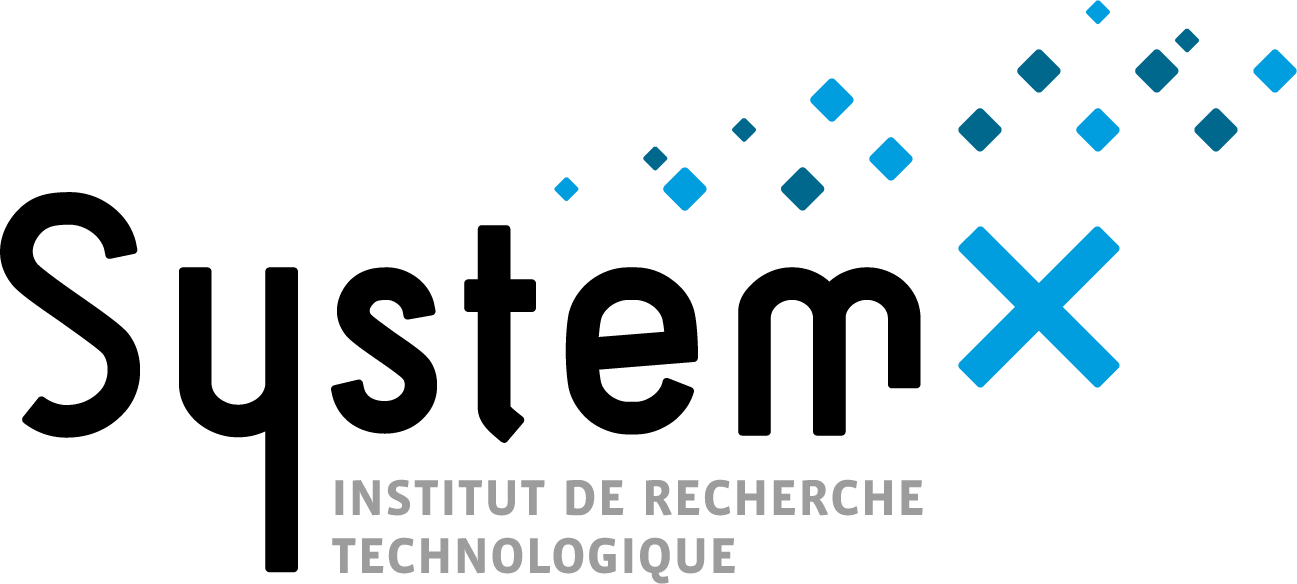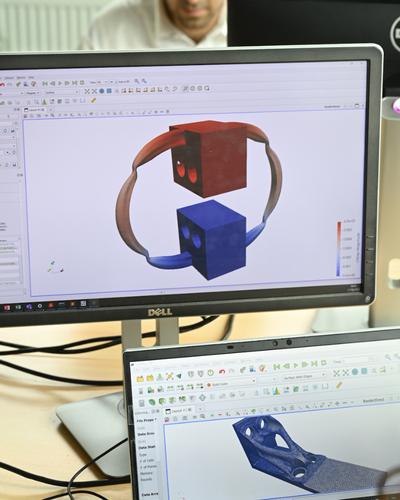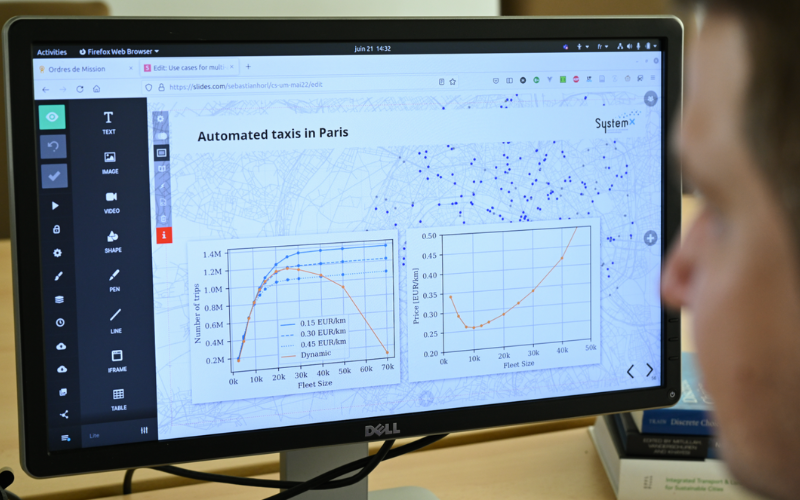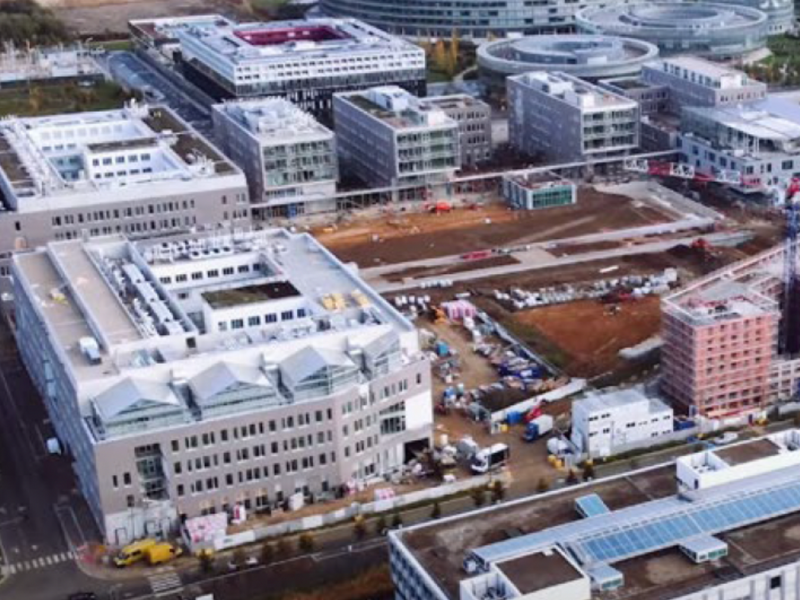In collaboration with the Safran group, IRT SystemX has developed PISCO, a topological optimisation platform driven by the level set method. Thanks to this innovative tooling process, the shape of a mechanical part can be optimized based on previously defined requirement specifications (fracture resistance, vibration levels, etc.).
PISCO draws on a robust tooling process to advance the level set of a mechanical part during the optimisation process. It uses remeshing that fits the part during each iteration with a significant potential for enrichment, making it possible to integrate new optimisation and manufacturing criteria as well as new physical constraints on mechanical performance, for example.
This platform has been applied in academic and industrial use cases. It integrates several functions that consider manufacturing limitations for foundry processes and the ability to manage uncertainties related to industrial requirement specifications. It is currently being deployed in open source and will include a maturity plan for use by the scientific community and to support industry in embedding its use cases.
Different algorithms and design methods have been embedded in the PISCO platform to provide a robust tooling process. Our users have identified the best compromises for optimising the design of mechanical parts.
Chiara Nardoni, Senior Research Engineer, Scientific Computing Architect, IRT SystemX
Interview

Grégoire Allaire
Professor, École polytechnique
How was the academic community involved in the creation of the PISCO platform?
During the TOP (Topology Optimization Platform) project, led by IRT SystemX, for the development of topological optimisation tools for mechanical structures, industrial partners relied on two academic laboratories: the Centre for Applied Mathematics (CMAP) at the École Polytechnique and the Jacques-Louis Lions laboratory of Sorbonne University and Paris Cité University. Both laboratories had extended experience collaborating with the main partners of the project: Airbus, ESI Group, Renault Group and Safran.
What will its open source release contribute to the field of topological optimisation?
Beyond the prospect of new research and applications, the two academic laboratories involved in the TOP project were striving to develop an open source software platform to unify a large community of users and developers. Joint digital developments are too often restricted to a few industrial users, software blocks usually cannot be reused for other applications. The PISCO platform will help reverse the current trend by offering a durable and stable maintenance for the computerized implementation of shape optimisation algorithms.
Interview

Christian Rey
Emeritus Expert, Safran
What design issues does the PISCO platform solve?
In the upstream design phase, the PISCO platform makes it possible to optimise the shape of various mechanical parts by considering complex requirement specifications that include numerous manufacturing constraints and requirements to control the uncertainties of operational conditions. It aims to respond to a strategic challenge faced by industry: reducing the weight of mechanical parts. To achieve this, we are optimising the shapes of mechanical parts, using as little material as possible, tailored to need, all the while guaranteeing performance.
What have you gained from your collaboration with IRT SystemX?
Collaborating on the TOP project had a strong leverage impact on the development of the PISCO platform. We share the common ambition to capitalise and enhance state-of-the-art academic work thanks to interactions with our renowned academic partners in the field of shape optimisation to enrich the platform. Thanks to our collaboration, we developed tools that will enable us to offer faster and enhanced design in the future, by integrating multi-physics optimisation and additive manufacturing constraints.











